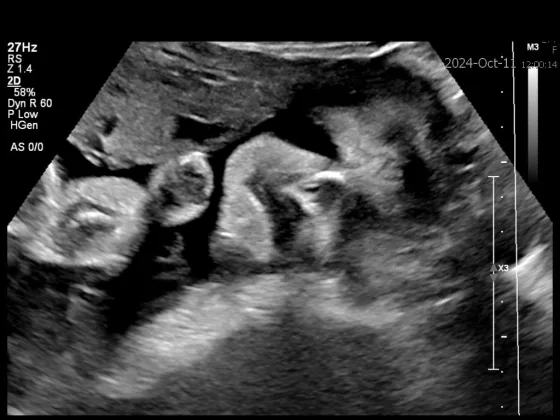
by Erika K Wolf | Oct 31, 2024 | Blogs, Fetal MRI, front-page, News, Story, Ultrasound images
3-minute read
Fetal MRIs can produce some odd-looking images that some describe as spooky while others can’t make head nor toes of them. Leader of the fetal ultrasound team at Children’s Hospital of Philadelphia tells us why the images are so fantastical and why they are so important.
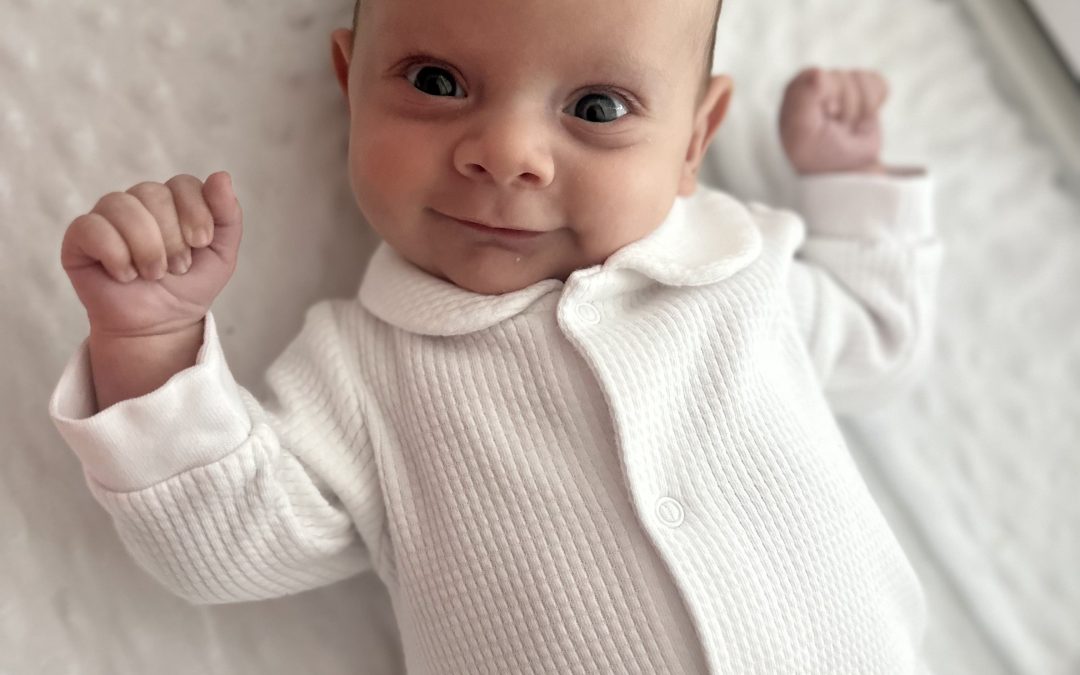
by Erika K Wolf | Oct 29, 2024 | Blogs, Condition, front-page, Myelomeningocele/Spina Bifida, News, Spina Bifida, Story, Uncategorized
The landmark clinical trial CuRe Trial: Cellular Therapy for In Utero Repair of Myelomeningocele is underway at UC Davis Health. The world’s first spina bifida treatment combining fetal surgery with stem cells could change the life of a baby with spina bifida, who could otherwise be paralyzed from the waist down.
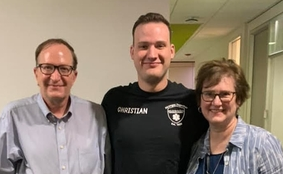
by Erika K Wolf | Oct 28, 2024 | Blogs, Condition, front-page, Myelomeningocele/Spina Bifida, News, Spina Bifida, Story
Christian was the 14th patient to undergo fetal surgery for myelomeningocele, a severe form of spina bifida, at Children’s Hospital of Philadelphia. He is now a tall, handsome 24-year-old who recently passed his national certification to become an emergency medical technician (EMT).
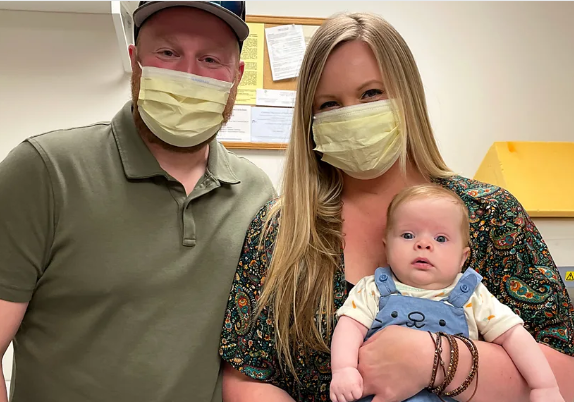
by Erika K Wolf | Oct 28, 2024 | Blogs, Condition, front-page, Myelomeningocele/Spina Bifida, News, Story
Oregon couple traveled to California for in-utero surgery at nearly 26 weeks gestation to repair the baby’s spina bifida defect. During the operation, doctors placed a stem cell patch on the baby’s small spine. The results are making waves around the world.
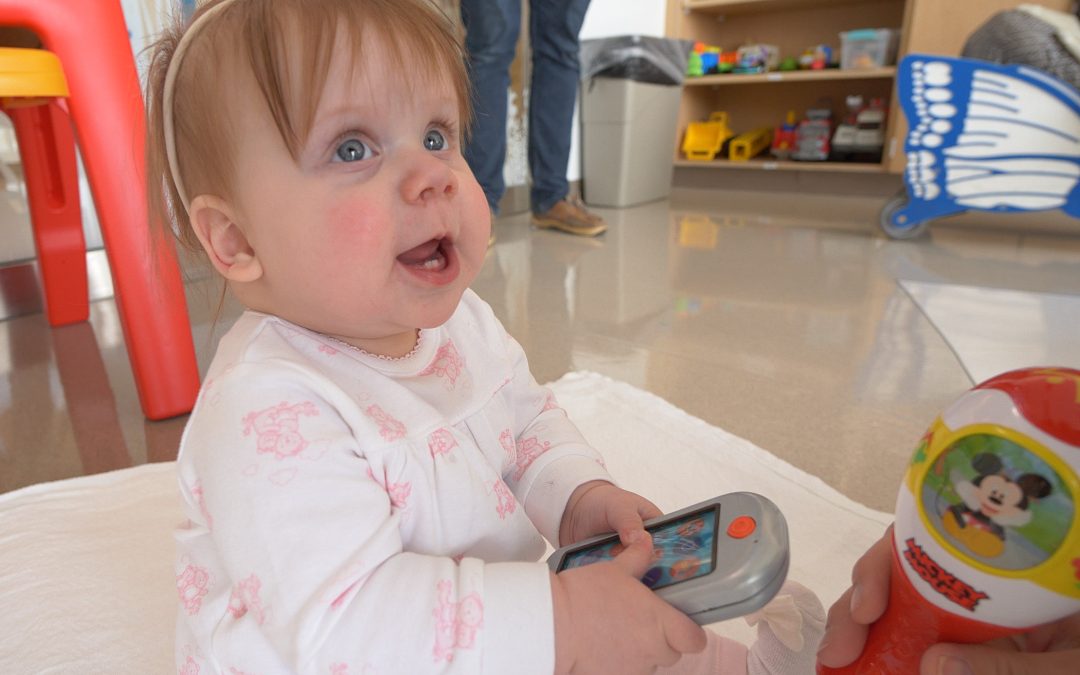
by Erika K Wolf | Oct 27, 2024 | Blogs, Condition, front-page, Myelomeningocele/Spina Bifida, News, Spina Bifida, Story, Uncategorized
5-minute read
The Badenhop family wasn’t expecting news of spina bifida and were scared and uncertain about their baby’s future. But Nationwide Children’s Hospital’s expert team offered hope — and a successful outcome for baby Lexi.
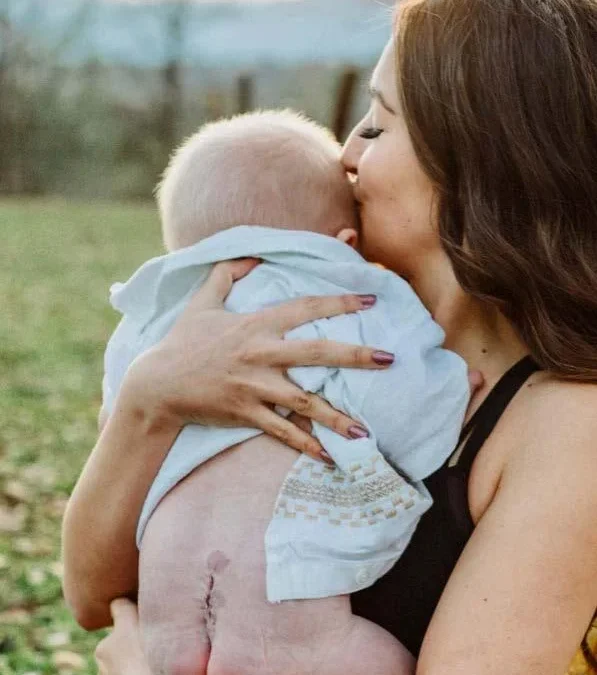
by Erika K Wolf | Oct 26, 2024 | Blogs, Condition, Congenital Diaphragmatic Hernia, front-page, Hydrocephalus/ Ventriculomegaly, Myelomeningocele/Spina Bifida, News, Spina Bifida, Story, Uncategorized
5-minute read
A young mom is faced with life or death decisions soon after learning her son’s diagnosis of spina bifida and hydrocephalus. She tells us her heartwarming story.






